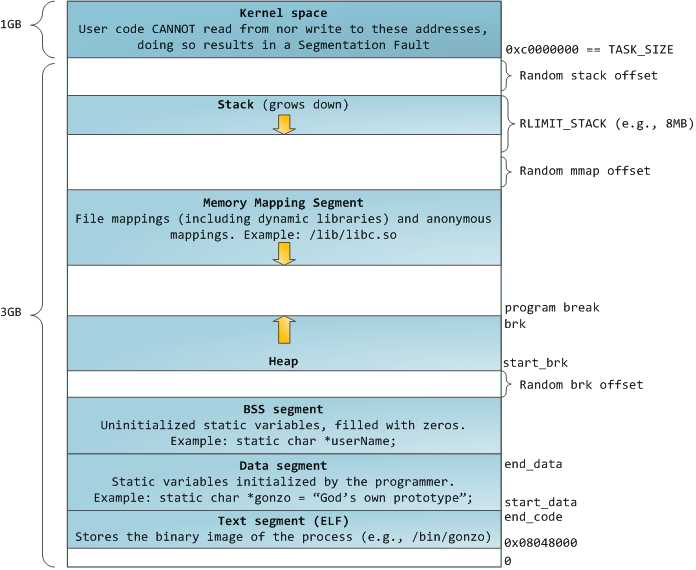标签:pos represent https pac dynamic ras lex 数据 design
‘‘‘
写在前面的话,本来想学习下数据结构,查半天说用C有利于理解内存释放什么,学生狗当然不怕折腾(虽然大部分说数据结构和算法学思想,和语言无关--||),看了列表什么的当然用C写一下啊,然后发现malloc什么的忘了,折腾半天想搞清楚malloc怎么实现运行的,这下好了,一发不可收拾了。
‘‘‘



标签:pos represent https pac dynamic ras lex 数据 design
原文地址:http://www.cnblogs.com/lxjlucoding/p/6400592.html